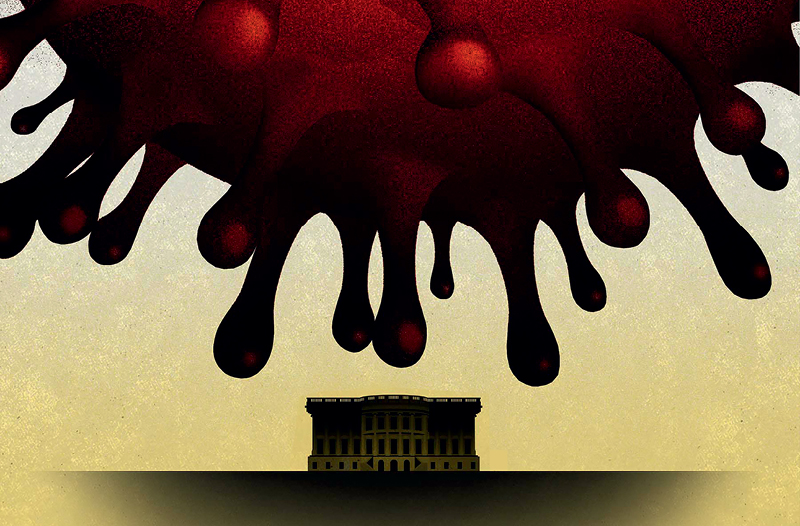
Trump Executive Orders Emphasize Healthcare Issues

President Donald Trump has signed roughly 150 executive orders since taking office on Jan. 20, 2025.
In comparison, Trump signed less than half that number (55) during the first year of his initial term in 2017, Joe Biden signed 77 total in 2021, and Barack Obama signed about 40 in 2009.
Trump signed more executive orders in his first 100 days in office than any other president, surpassing President Franklin D. Roosevelt’s previous record of 99 during his first 100 days in 1933.
An executive order is a written directive that manages the operations of the federal government. Executive orders do not change U.S. law or regulations but rather outline the administration’s priorities and direct federal policymakers to act. They are not subject to congressional approval but can be legally challenged, and many of Trump’s orders have already drawn lawsuits.
Trump’s flurry of executive orders reflects on the pledges he made on the campaign trail: restructure the government, institute universal tariffs, overhaul immigration and border policies, chip away at the Affordable Care Act (ACA), examine Medicare’s ability to negotiate drug prices, prioritize domestic manufacturing, and generally undo the previous administration’s work on issues like diversity, equity, and inclusion and COVID-19. They could have sweeping economic, social, and health-related implications.
Leader’s Edge mapped out a timeline of all the executive orders (and a couple of memoranda) the president has issued with respect to healthcare coverage, costs, delivery, and federal oversight.
Although not a part of this timeline, President Donald Trump has issued at least 15 executive orders instituting, delaying, and pulling back new tariffs. The economic impact of those policies remains to be seen, but they have the potential to disrupt global supply chains. Tariff-related import expenses are expected to impact healthcare claims costs across three categories, according to a recent survey from healthcare research and analysis firm Black Book Market Research:
1. Facility costs, which include supplies and services provided by hospitals and other providers;
2. Professional billing, which focuses on outpatient and ambulatory services; and
3. Pharmaceuticals, encompassing drug production and ingredient costs.




